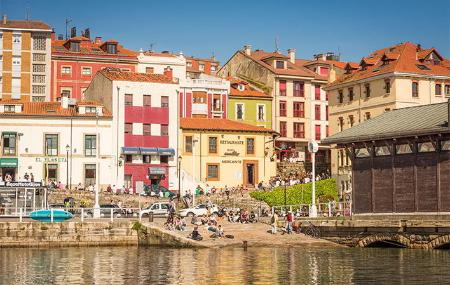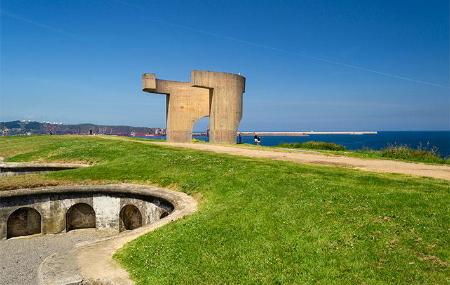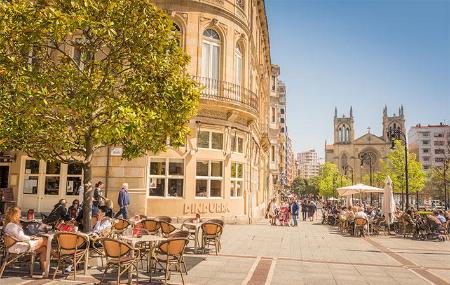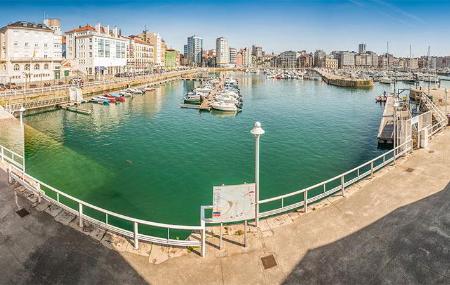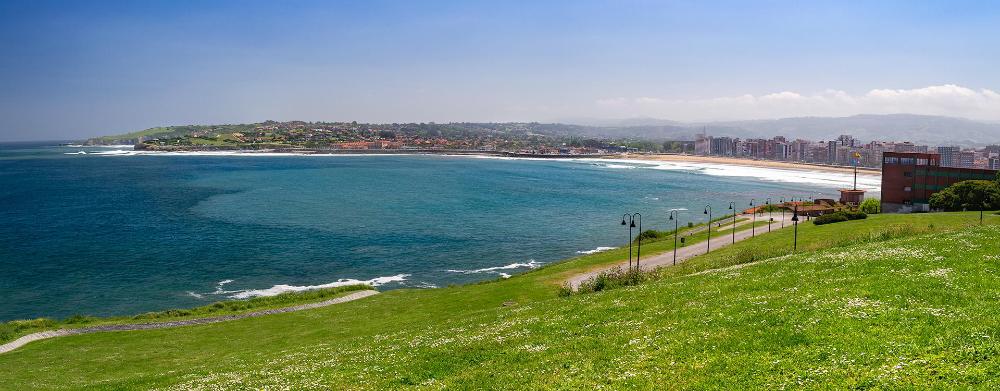
- Title Gijón Asturias Centre
- Address Address: Infogijón C/ Fermín García Bernardo (Casa Paquet) - 33201 Gijón/Xixón
- Phone Phone: 985 341 771
- Email Email: turismo@gijon.es
- Site Site: https://www.gijon.es/es
But before the Romans, Gijón/Xixón was already shining the light of reality at the hands of a tribe of Cilurnigos, who also lived the dream of metals looking at the sea, sealing the destiny of Gijón/Xixón as a city forever linked to metallurgy, coal, industry, science, energy and art.
Gijón/Xixón was the first Spanish city to be "Oscared" thanks to the Asturian-born filmmaker José Luis Garci, and had the first Institute of Nautical and Mineralogy inspired by its enlightened Gaspar Melchor de Jovellanos.
A fishing, industrial and sporting port, Gijón/Xixón offers the traveller a city with a unique green environment, where the Atlantic Botanical Garden and the Laboral City of Culture with its Art and Industrial Creation Centre stand out.
This is Gijón/Xixón, Roman, metallurgical and oceanic. And also very open, fun, dynamic, and with an Atlantic vocation.
Top ten things to see and do in Gijón/Xixón
- Area: 45 km2
- Altitude: 8 m.
- Inhabitants: 277.559
- Km. to Avilés: 25
- Km. to Oviedo/Uviéu : 28
- By Road: A-8 and N-632 from the east and west, A-64 from the east, N-630, A-66 and AS-1 from the south.
- By Plane: Asturias Airport (OVD) - (www.aena.es) - Bus connection service from the airport to the city bus station.
- By Rail: Gijón/Xixón Train Station - C/ Sanz Crespo - (www.renfe.es)
- By Boat: Marina in transit berths (www.puertodeportivogijon.es)
- By Bus: ALSA Bus Station in Gijón/Xixón - C/ Magnus Blikstad, 1 (www.alsa.es) (www.consorcioasturias.com)
- A stroll through Cimadevilla, an old fishermen's neighbourhood, which preserves the buildings, layout and atmosphere of its seafaring past. A special place flanked by the Cerro de Santa Catalina - with its Elogio del Horizonte, a tourist symbol of the city - and the Roman ruins and the medieval wall on the other.
- San Lorenzo Beach, the large shell-shaped urban sandy area of almost two kilometres, which turns Gijón's seafront promenade into a delightful spot overlooking the sea.
- Poniente is another of Gijón's beaches. An artificial sandy area, ideal as a solarium and for water sports, in an environment where you can enjoy the Aquarium, a thalassotherapy centre, restaurants, etc.
- A visit to Laboral City of Culture and its Art and Industrial Creation Centre or the Botanical Garden provides an unusual view of the culture and landscape of Gijón's surroundings.

